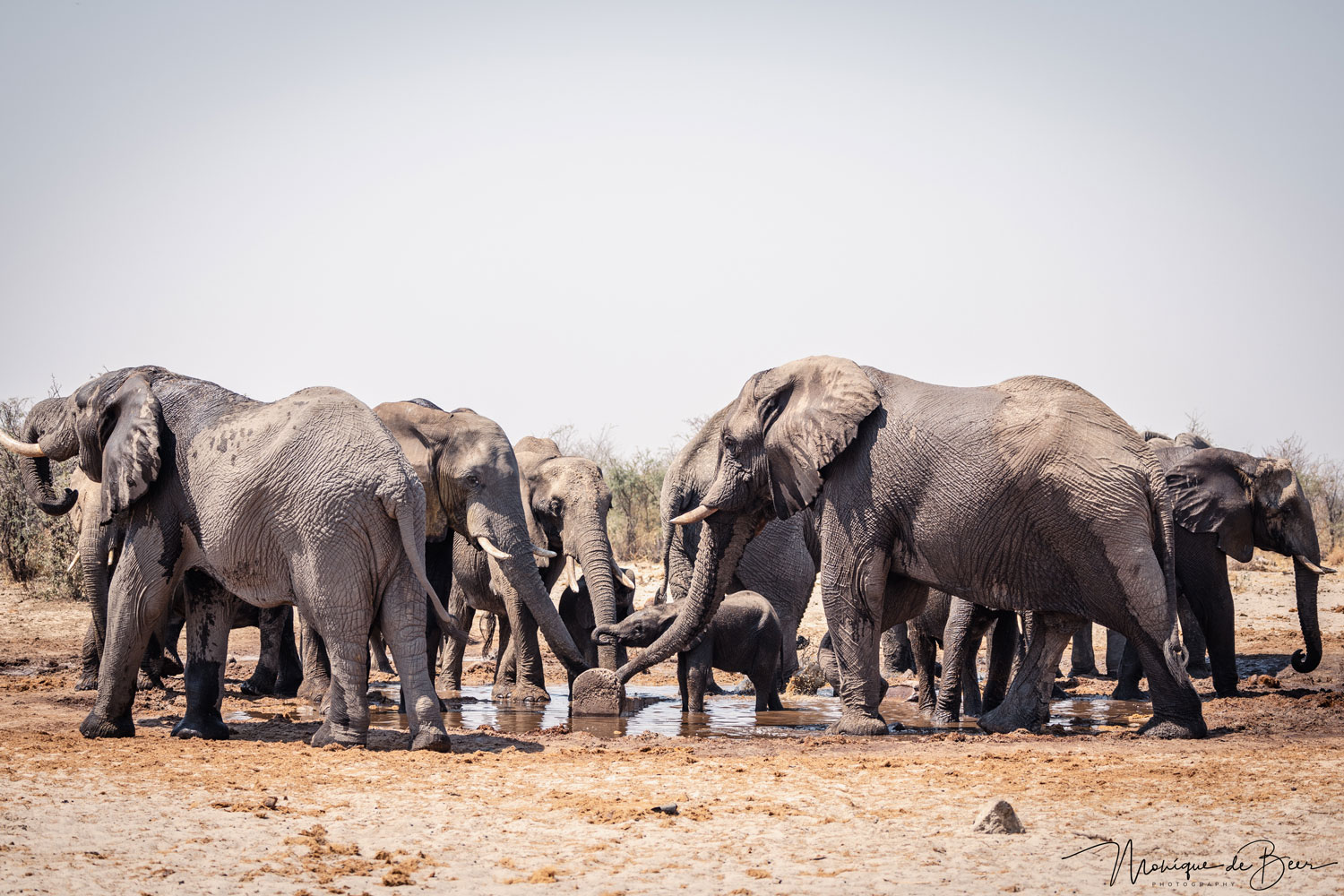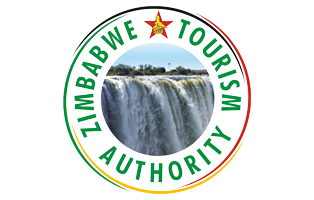Majestic Journeys:
The Movement of Elephants Through the Kavango Zambezi Trans Frontier Conservation Area
Standing in the heart of the Kavango Zambezi Trans Frontier Conservation Area, one cannot help but be awed by the scale and beauty of this vast wilderness. Yet, among all the wonders it holds, one journey captures the true spirit of this landscape – the movement of Africa’s elephants.
These majestic creatures, known for their intelligence, strong family bonds, and profound ecological role, are the lifeblood of Kavango Zambezi. Their seasonal migration is nothing short of extraordinary – a spectacle that has played out for millennia, a testament to both the resilience of wildlife and the enduring rhythms of the African wilderness.
Elephants do not wander aimlessly. Their movements are a synchronized response to the shifting seasons, guided by an ancient instinct. As the dry season takes hold and water sources dwindle, the herds embark on an epic journey, covering vast distances in search of food, water, and safe breeding grounds. It is a migration driven by survival, deeply embedded in the fabric of the land.

As they traverse Kavango Zambezi, the elephants follow the lifelines of the region – its rivers and wetlands – undeterred by human-drawn borders. These waterways, rich with vegetation, provide refuge during the harshest months. To witness a herd gathered at the river’s edge, their trunks raised to drink, or young calves splashing playfully in the shallows, is an unforgettable experience. It is a reminder of the deep, inseparable bond between the land and its inhabitants.
One of the most remarkable aspects of this journey is its cross-border nature. Unlike in many parts of the world, where fences and human development restrict movement, the Kavango Zambezi TFCA offers a vast, interconnected corridor where elephants can roam freely. This is only possible through the cooperation of five nations – Angola, Botswana, Namibia, Zambia, and Zimbabwe – working together to protect vital ecosystems. By establishing conservation areas, implementing wildlife management strategies, and promoting sustainable tourism, these countries have ensured that this ancient migration continues, year after year.
Yet, this delicate balance faces challenges. Human-wildlife conflict, poaching, and habitat loss remain pressing threats. However, speaking with conservationists and local communities, it is clear that efforts are being made to tackle these issues. Anti-poaching patrols, community-driven conservation initiatives, and education programmes all play a crucial role in safeguarding both the elephants and the greater ecosystem.
Ensuring the survival of these great travellers is not just about protecting a species – it is about preserving the integrity of an entire landscape, where nature’s grandest stories continue to unfold.
For years, Angola’s elephant population was decimated. But now, in a remarkable turn of events, these giants are returning. This process has been aided by a dedicated team from Namibia’s Okonjati Game Reserve, who, on 2 September 2024, completed the final leg of four challenging translocations – moving a total of 26 elephants across the border to Cuatir Conservation Area in Angola.
Spanning 200 square kilometres (77 square miles), Cuatir Conservation Area was established by Namibian-born conservationist Stefan van Wyk and is believed to be the only private conservation area in Angola. “I think Stefan is creating something new in Angola,” says Miguel Xavier, Director of Angola’s National Institute for Biodiversity and Protected Areas (INBAC). “We don’t have this kind of structure in Angola. Personally, I think it’s a good opportunity.”
The conservation and ecotourism potential of southeastern Angola has become a growing topic of discussion. Conservationists see it as a critical space for wildlife to thrive, while Angolan leaders recognise its potential for sustainable tourism. The wildlife in Luengue Luiana National Park is recovering quickly and in Bico area we can now enjoy a variety of wildlife, including large herds of buffalos and Elephants.
The movement of elephants through Kavango Zambezi has become a major draw for eco-tourists and wildlife enthusiasts from around the world. Responsible tourism plays a vital role in this conservation success story. It not only generates essential revenue to fund ongoing protection efforts but also raises awareness of the importance of preserving not just elephants, but the entire Kavango Zambezi ecosystem.
As visitors, we are not just spectators – we become part of something far greater. By witnessing this journey, we help ensure the protection of these magnificent animals and the landscapes they call home.
The movement of elephants across Kavango Zambezi is a living testament to what can be achieved when nations work together for a shared cause. By protecting these migration routes and the ecosystems they pass through, we guarantee that future generations will also stand in awe of this ancient spectacle.
Each year, as elephants traverse this vast and untamed terrain, they embody the resilience, adaptability, and beauty of Africa’s natural heritage. Whether glimpsed from the banks of a river, through binoculars on safari, or from the comfort of a remote camp, their journey is more than just a seasonal migration – it is transboundary conservation in action, safeguarding not only elephants but the intricate web of life that depends on this land.
As we reflect on this remarkable movement, we feel an undeniable sense of gratitude for the visionaries who have dedicated themselves to protecting this landscape. Their efforts secure the future – not just for elephants, but for entire ecosystems, communities, and the generations yet to come.
The journey of these elephants is, in many ways, a journey of hope – a powerful reminder that when we unite to protect nature, we are securing a future for wildlife, for people, and for the planet.







